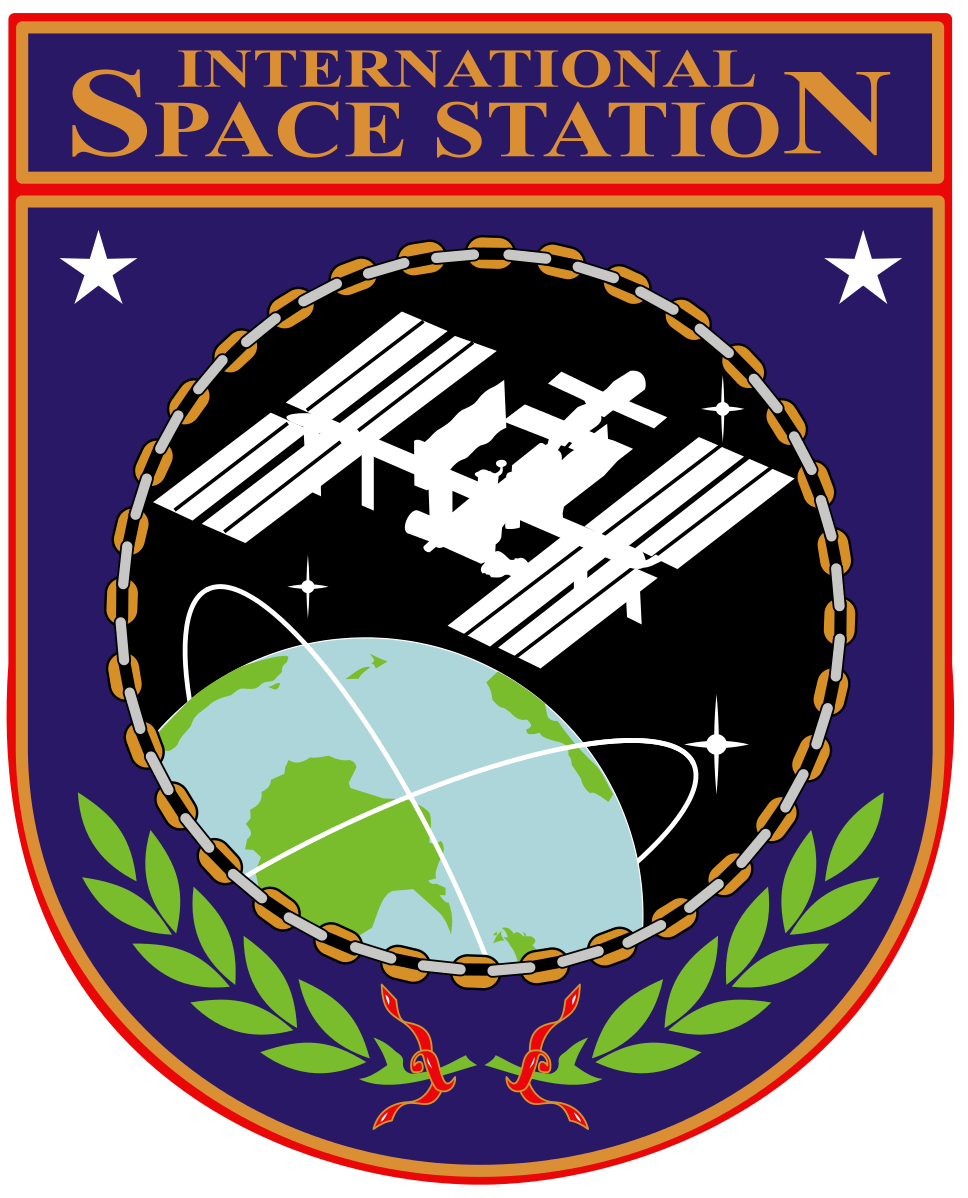A groundbreaking study on the International Space Station National Laboratory (ISSNL) has led to a new tissue chip model that imitates the early stages of osteoarthritis after joint injuries.
Osteoarthritis is a common joint disease that affects over 650 million people worldwide. It can cause severe pain and stiffness in joints. There are few treatment options available.
The authors of the study have developed an innovative tissue chip model that can precisely recreate the early stages of post-traumatic osteoarthritis (PTOA). This is a form of the disease that occurs after a joint injury.
Alan Grodzinsky is a biological engineering professor at the Massachusetts Institute of Technology (MIT). He elaborated on the pioneering experiments conducted aboard the space station. Grodzinsky’s team developed a tissue chip model that successfully mimics a joint environment using viable human cartilage, bone, and synovium co-cultures.
This model creates a crucial baseline for studying and testing treatments for PTOA which is a form of osteoarthritis that can develop following a traumatic joint injury. It affects about twenty percent of people who suffer from osteoarthritis.
Grodzinsky highlighted the importance of this breakthrough. He said, “This opens up new possibilities for testing drugs and interventions for osteoarthritis and other joint disorders. It could also aid in developing preventative treatments.”
The study’s success underscores the unique advantages of conducting biomedical research in space. The microgravity environment can accelerate the manifestation of certain disease characteristics, providing researchers with faster and more precise data.
The ISSNL’s microgravity environment played a critical role in the success of the experiment. It allowed the rapid simulation of osteoarthritis characteristics, which usually progress slowly on Earth.
Previous research has shown that bone loss accelerates in microgravity. This suggests that other musculoskeletal conditions might also progress faster. This allows for more efficient study and testing.
Some key findings from the study were published in Frontiers in Space. The tissue chip displays the remarkable ability to emulate both the initiation and progression of PTOA, as well as the effects of various treatments. The tissue chip effectively simulated the impact of commonly used anti-inflammatory and pain-relief drugs on joint tissues.
In addition, it demonstrated potential for evaluating a drug designed to stimulate cartilage growth and repair. This opens promising avenues for therapeutic intervention.
Grodzinsky emphasized the transformative potential of this research. He said, “By providing a platform for precise and controlled experimentation, the tissue chip model offers researchers a powerful tool to explore the mechanisms underlying joint diseases and develop targeted therapeutic strategies.”
This advancement is particularly critical because of the current lack of U.S. Food and Drug Administration (FDA)-approved drugs specifically for treating or preventing osteoarthritis.
The research was also published in Upward which is the official magazine of the ISSNL. The ISSNL is a unique facility that supports research and technology development which are not possible on Earth. It is managed by the Center for the Advancement of Science in Space (CASIS) in partnership with NASA. The ISSNL provides access to the ISS’s microgravity environment for U.S. government agencies, academic institutions, and the private sector.
